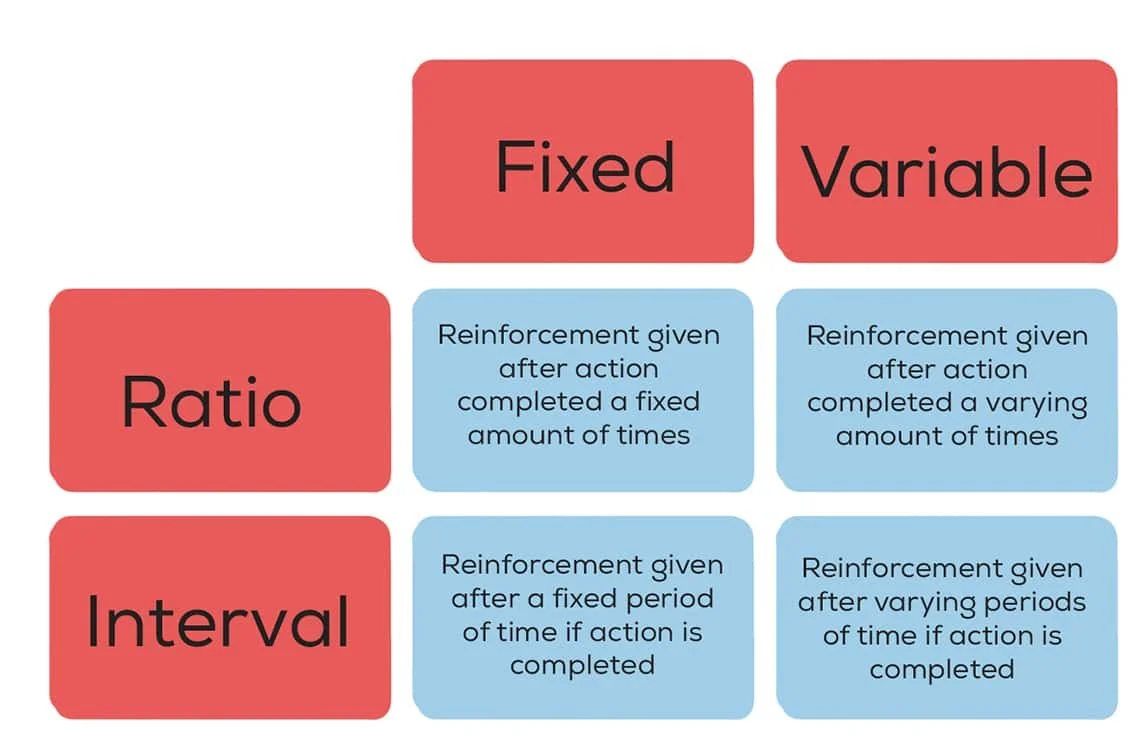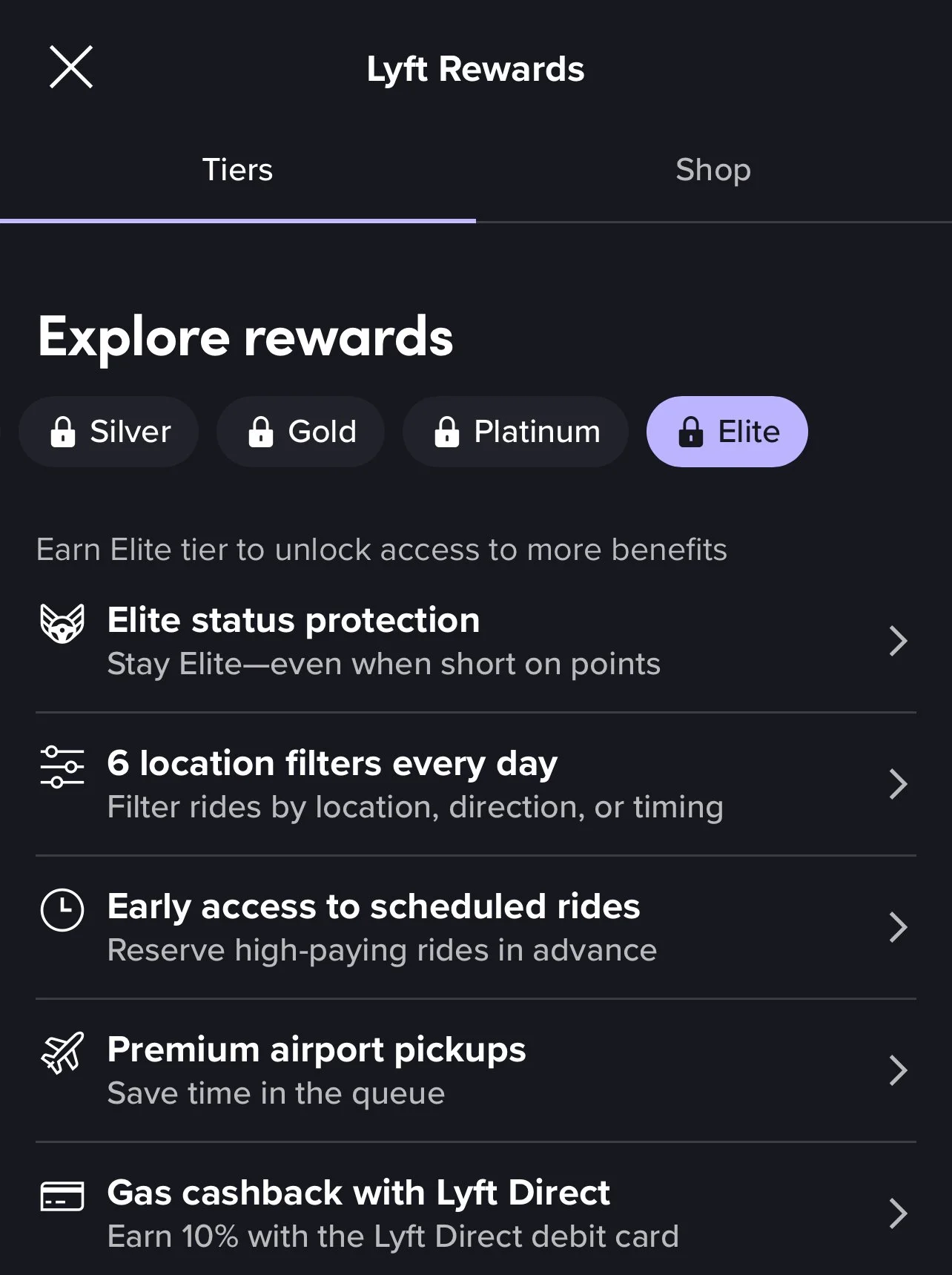The Psychology Behind Rideshare Apps 🧠🎲
How Rideshare Apps Use Variable-Ratio Reinforcement
Rideshare companies like Uber and Lyft employ behavioral scientists to design app features that encourage drivers to stay on the road. By using a variable-ratio schedule, the apps can increase driver engagement and prevent them from logging off.
A variable-ratio reinforcement schedule offers rewards after a random number of actions rather than a set amount. This method motivates rideshare drivers to keep working because they never know when the next reward will hit, helping to maintain a consistent level of activity. For instance, rideshare apps apply this principle by giving drivers intermittent and unpredictable rewards, encouraging them to drive longer and more frequently.
The Variable-Ratio Schedule Explained
This reinforcement schedule, which is well-researched in behavior studies, is effective because drivers don’t know when they’ll receive rewards.
Variable — the number of actions needed to receive a reward is random and changes each time, though it averages out over time.
Ratio — The rewards depend on the number of actions you take (like surges, trip requests, or completed rides) rather than just how long you’ve been driving.
Key effect — the unpredictability of the reward creates anticipation and keeps you motivated to keep driving, hoping the next action will be the one that pays off. It's the same mechanism that makes gambling and slot machines highly addictive.
Unpredictable Rewards for Drivers
Instead of a fixed, predictable reward for every action, rideshare apps use a mix of uncertain and intermittent incentives to keep drivers motivated:
Trip Requests — Drivers never know when the next ride will come or how much it will pay. This uncertainty keeps them driving, hoping for a high-paying fare, much like a gambler hoping for a jackpot.
Surge Pricing — Periods of high demand and higher fares are unpredictable. Drivers are incentivized to stay on the road in case a more lucrative "surge" period begins. Additionally, some drivers chase after surges only to feel disappointed when it disappears after they arrive in that area.
Ride Challenges & Quests — Apps offer extra bonuses for completing a certain number of rides, but the targets are often dynamic and presented randomly. Goals like “earn an extra $100 for just 50 rides” can influence drivers to work longer than they originally planned.
Performance Tiers — Apps may provide non-monetary, gamified rewards like status levels or digital badges, which can further incentivize continued engagement. For instance, drivers can accumulate points for each trip or dollar earned on the app, which allows them to unlock benefits such as gas cash-back, location filters, or access to live customer support.
Influence on Driver Behavior
This variable-ratio approach has a significant impact on driver behavior, often benefiting the rideshare company more than the driver:
Increased Productivity — The constant anticipation of a more profitable ride keeps drivers engaged and on the road for longer periods, even during less lucrative times when its slower and fares are lower.
Resistance to Quitting — Because the rewards are unpredictable, drivers are more resistant to logging off. They often think, “If I just take one more ride, it could be a big payout.”
Exploiting Psychology — Rideshare companies use the principles of variable-ratio reinforcement to encourage drivers to work harder and accept trips they might normally decline. This was highlighted in a 2017 article in the Harvard Business Review that criticized Uber for leveraging these psychological experiments.
Gambling-Like Driver Behavior
The unpredictable nature of these variable rewards has a profound impact on driver behavior and is similar to how gambling works with slot machines, which are famous examples of variable ratio schedules, making the activity highly engaging and hard to stop. It’s called “variable” because the behavior isn’t rewarded every single time. And just like casinos, these rideshare apps have studied the science of rewards to attract drivers to the platform and maintain their engagement.
Impact on Driver Behavior
Rideshare apps keep drivers continually seeking variable and unpredictable rewards. This unpredictability leverages a powerful conditioning method known as variable-ratio reinforcement. Each time a driver interacts with the app and hears the casino-like sounds, it causes a significant release of dopamine in their brain.
Variable rewards significantly impact driver engagement in rideshare apps through several key mechanisms:
🏃♂️➡️ Increased Motivation
Variable rewards create an unpredictable earning potential, which can heighten motivation among drivers. Knowing that each trip could yield a different payout encourages drivers to stay active and engaged, as they are driven by the chance of landing a lucrative ride.
🎰 Gamification of Driving
The element of surprise in variable rewards transforms driving into a game-like experience. Drivers may feel a sense of excitement and competition as they chase higher-paying trips, similar to playing a slot machine. This gamification keeps them returning to the app, enhancing their overall experience.
🧠 Psychological Conditioning
Variable rewards operate on principles of operant conditioning, where behaviors are reinforced through rewards. When drivers receive unexpected, good paying trips, tips, or in-app rewards, it reinforces their behavior of staying online and accepting trip requests. This leads to a cycle of engagement where drivers are conditioned to keep checking the app for more opportunities.
⏳ Sustained Engagement
The unpredictability of rewards can lead to prolonged engagement. Drivers may spend more time on the app, hoping for that next high-paying trip, which can result in increased earnings over time. This sustained engagement benefits both the drivers and the rideshare companies.
💰 Expectation and Anticipation
The variability in trip payouts creates a sense of anticipation among drivers. Each new trip request brings the excitement of potential earnings, making it difficult for drivers to resist checking the app frequently. This constant anticipation keeps the app top-of-mind for drivers.
🗣️ Community and Sharing
Drivers often share their experiences, including high-paying trips, with others in their community. This sharing can amplify the perception of variable rewards, as hearing about others’ successes may encourage drivers to engage more actively, hoping to replicate those experiences.
🎯 Risk vs. Reward Mindset
The uncertainty of variable rewards fosters a risk-taking mindset among drivers. They may be more willing to accept trips in less favorable conditions (e.g., longer distances or low-demand areas) because they believe that the next trip might yield a significant reward.
Thriving in the Excitement of Rideshare Driving
The gambling-like elements embedded in driving rideshare create a dynamic environment that draws in drivers and keeps them actively engaged. The unpredictable nature of variable rewards not only enhances motivation but also transforms the driving experience into an exciting game of chance.
However, this combination of unpredictability, psychological conditioning, and gamification in rideshare driving apps primarily benefits the rideshare platforms rather than the drivers.




